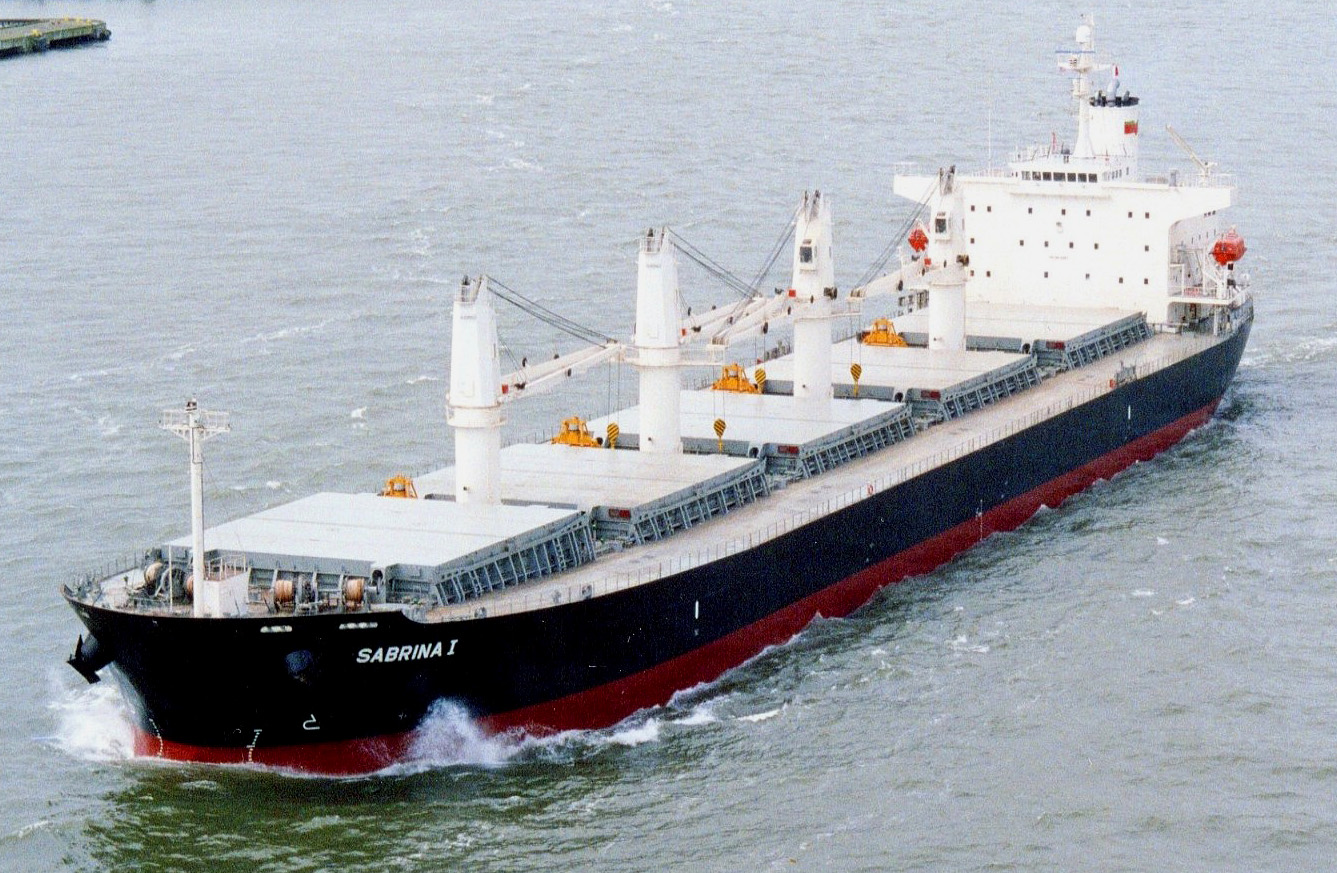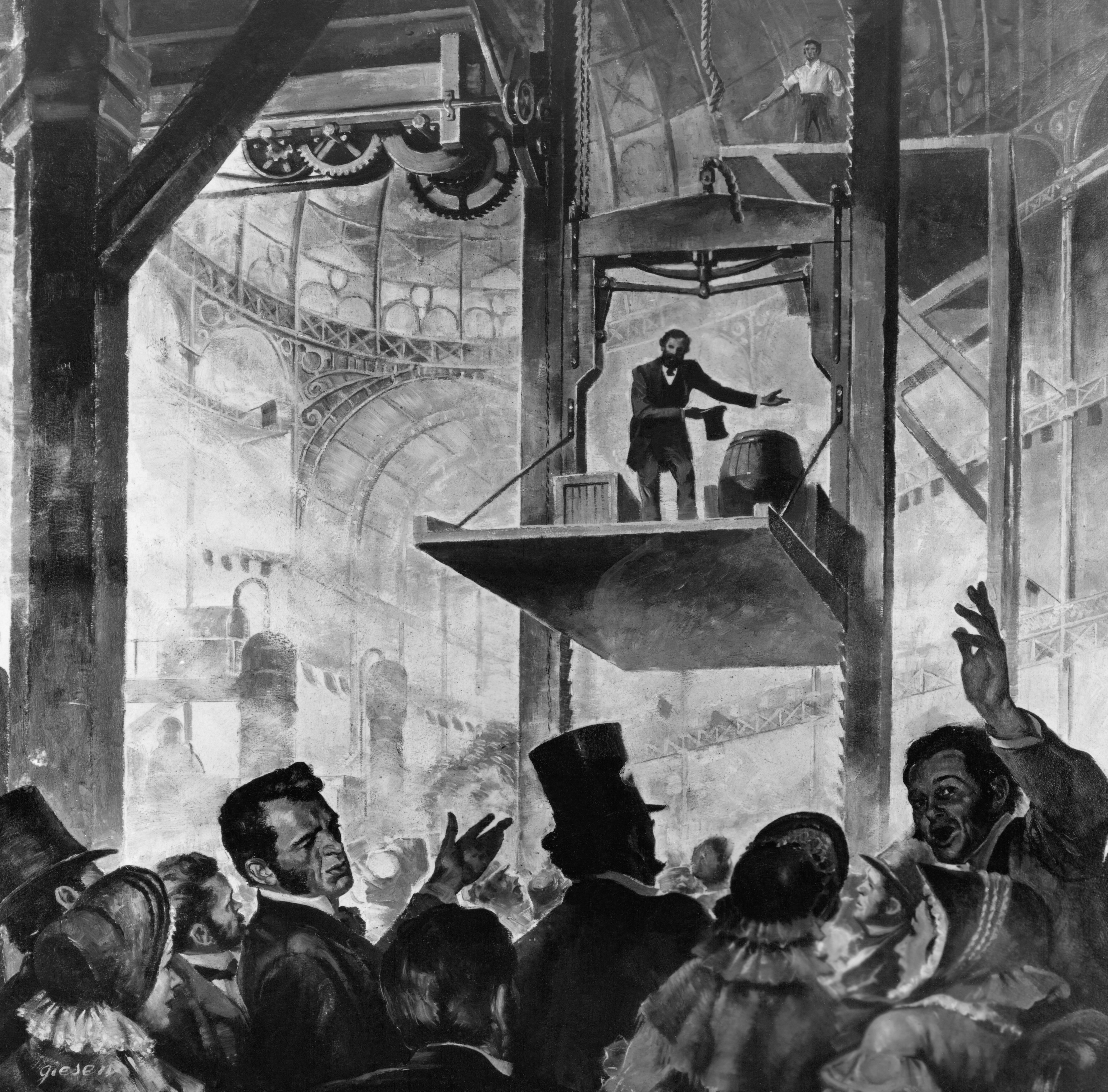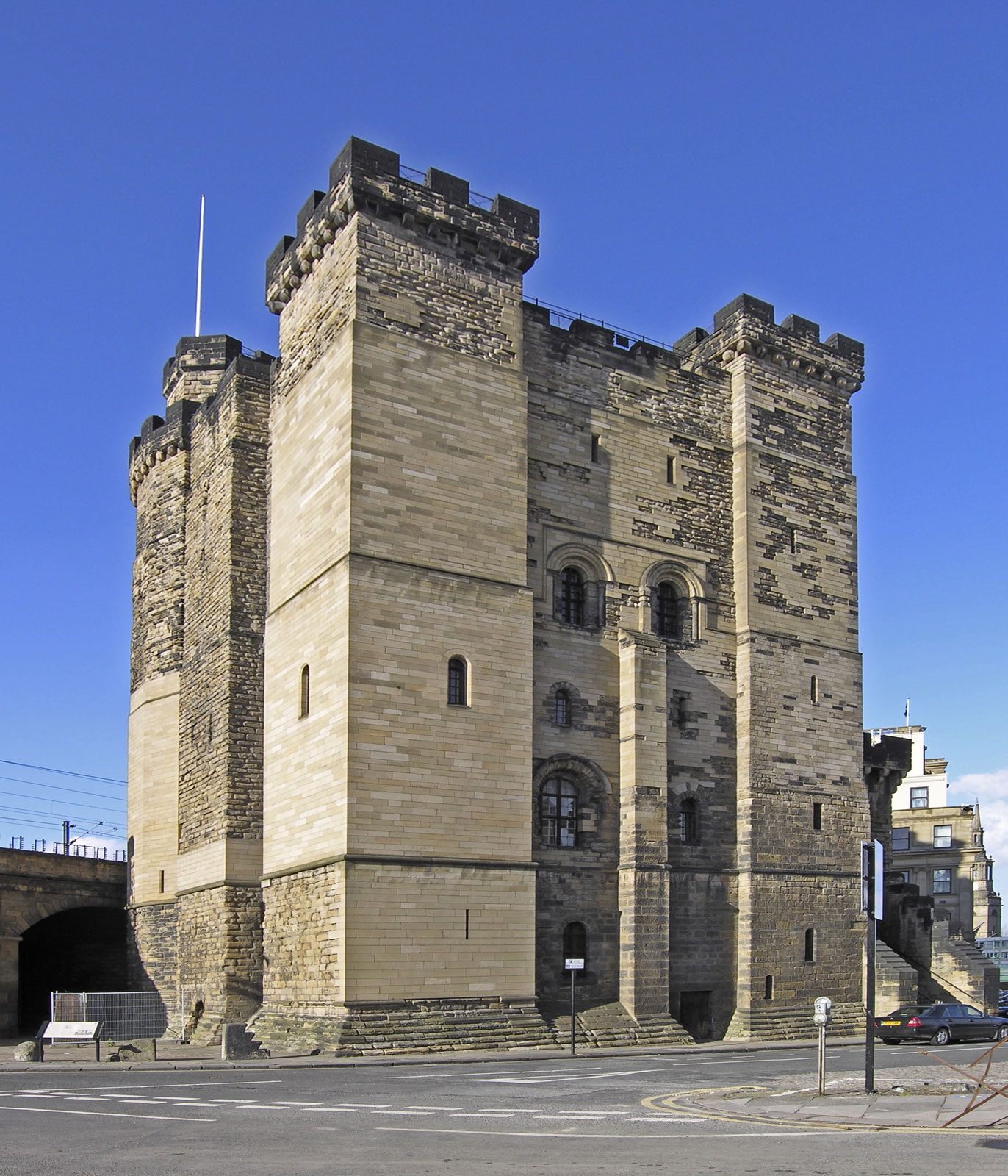|
Collier (ship)
A collier is a bulk carrier, bulk cargo ship designed or used to carry coal. Early evidence of coal being transported by sea includes use of coal in London in 1306. In the fourteenth and fifteenth centuries, coal was shipped from the River Tyne to London and other destinations. Other ports also exported coal for instance the Old Quay in Whitehaven harbour was built in 1634 for the loading of coal. London became highly reliant on the delivery of coal by sea Samuel Pepys expressed concern in the winter of 166667 that war with the Dutch would prevent a fleet of 200 colliers getting through. In 1795, 4,395 cargoes of coal were delivered to London. By 1824, this number had risen to about 7,000; by 1839, it was over 9,000. The trade continued to the end of the twentieth century, with the last cargo of coal leaving the Port of Tyne in February, 2021. The earliest type of collier on which there is detailed information is the Whitby-built cat. These were bluff-bowed, round-sterned, strong ... [...More Info...] [...Related Items...] OR: [Wikipedia] [Google] [Baidu] |
Bulk Carrier
A bulk carrier or bulker is a merchant ship specially naval architecture, designed to transport unpackaged bulk cargo—such as Grain trade, grain, coal, ore, steel coils, and cement—in its cargo holds. Since the first specialized bulk carrier was built in 1852, economic forces have led to increased size and sophistication of these ships. Today's bulk carriers are specially designed to maximize capacity, safety, efficiency, and durability. Today, bulk carriers make up 21 percent of the world's merchant fleets, and they range in size from single-hold mini-bulk carriers to mammoth ore ships able to carry 400,000 deadweight tonnage, metric tons of deadweight (DWT). A number of specialized designs exist: some can unload their own cargo, some depend on port facilities for unloading, and some even package the cargo as it is loaded. Over half of all bulk carriers have Greek, Japanese, or Chinese owners, and more than a quarter are registered in Panama. South Korea is the largest ... [...More Info...] [...Related Items...] OR: [Wikipedia] [Google] [Baidu] |
Jarrow
Jarrow ( or ) is a town in South Tyneside in the county of Tyne and Wear, England. Historically in County Durham, it is on the south bank of the River Tyne, about from the east coast. The 2011 census area classed Hebburn and the Boldons as part of the town, it had a population of 43,431. It is home to the southern portal of the Tyne Tunnel and east of Newcastle upon Tyne. In the eighth century, St Paul's Monastery in Jarrow (now Monkwearmouth–Jarrow Abbey) was the home of the Venerable Bede, who is regarded as the greatest Anglo-Saxon scholar and the father of English history. The town is part of the historic County Palatine of Durham. From the middle of the 19th century until 1935, Jarrow was a centre for shipbuilding, and was the starting point of the Jarrow March against unemployment in 1936. History Toponymy Jarrow's name is first recorded in the 8th century. It derives from the Gyrwe, an Anglian tribe that lived here. The Gyrwe's name means "fen dwellers", perh ... [...More Info...] [...Related Items...] OR: [Wikipedia] [Google] [Baidu] |
Dunston Staiths
Dunston is particularly known for wooden coal staiths, first opened in 1893 as a structure for loading coal from the North Durham coalfield onto ships. In the 1920s, 140,000 tons of coal per week were loaded from the staiths, and they continued to be used until the 1970s. They were also a shipping point for coke produced at the nearby Norwood Coke Works, as well as pencil pitch manufactured at the Thomas Ness Tar Works using by-products from the Norwood plant and the Redheugh Gasworks. Throughout their working life, motive power for shunting wagons on the staiths and in their extensive sidings known as the Norwood Coal Yard came in the form of locomotives from Gateshead MPD. The staiths' output gradually declined with the contraction of the coal industry, and they were finally closed and partially dismantled in 1980. Now redundant, the railway lines leading to the staiths were lifted, finally allowing the demolition of several low bridges that had become a nuisance to bus operato ... [...More Info...] [...Related Items...] OR: [Wikipedia] [Google] [Baidu] |
South Shields
South Shields () is a coastal town in South Tyneside, Tyne and Wear, England; it is on the south bank of the mouth of the River Tyne. The town was once known in Roman Britain, Roman times as ''Arbeia'' and as ''Caer Urfa'' by the Early Middle Ages. In 2021 it had a population of 75,337. It is the fourth largest settlement in Tyne and Wear, after Newcastle upon Tyne, Sunderland and Gateshead. Historically within the county of County Durham, Durham, South Shields is south of North Shields and Tynemouth across the River Tyne; and east of Newcastle upon Tyne and Jarrow. History Evidence of human inhabitation at South Shields dates from the Late Mesolithic. The first evidence of a settlement within what is now the town of South Shields dates from pre-historic times. Stone Age arrow heads and an Iron Age round house have been discovered on the site of Arbeia Roman Fort. The Roman garrison built a fort here around AD 160 and expanded it around AD 208 to help supply their soldiers al ... [...More Info...] [...Related Items...] OR: [Wikipedia] [Google] [Baidu] |
Blyth, Northumberland
Blyth () is a port town, port and seaside town as well as a civil parish in southeast Northumberland, England. It lies on the coast, to the south of the River Blyth, Northumberland, River Blyth. It has a population of 39,731 as of the 2021 census, up 6% from the 2011 census and population of 37,347. The port of Blyth dates from the 12th century, but the development of the modern town only began in the first quarter of the 18th century. The main industries which helped the town prosper were coal mining and shipbuilding, with the salt trade, fishing, and the railways also playing an important role. These industries have largely vanished, but the port still thrives, receiving paper and pulp from Scandinavia for the newspaper industries of England and Scotland. The town was seriously affected when its principal industries went into decline, and it has undergone much regeneration since the early 1990s. The Keel Row Shopping Centre, opened in 1991 when it closed in 2024, brought majo ... [...More Info...] [...Related Items...] OR: [Wikipedia] [Google] [Baidu] |
Elevator
An elevator (American English) or lift (Commonwealth English) is a machine that vertically transports people or freight between levels. They are typically powered by electric motors that drive traction cables and counterweight systems such as a hoist, although some pump hydraulic fluid to raise a cylindrical piston like a jack. Elevators are used in agriculture and manufacturing to lift materials. There are various types, like chain and bucket elevators, grain augers, and hay elevators. Modern buildings often have elevators to ensure accessibility, especially where ramps aren't feasible. High-speed elevators are common in skyscrapers. Some elevators can even move horizontally. History Pre-industrial era The earliest known reference to an elevator is in the works of the Roman architect Vitruvius, who reported that Archimedes ( – ) built his first elevator probably in 236 BC. Sources from later periods mention elevators as cabs on a hemp rope, powered by people o ... [...More Info...] [...Related Items...] OR: [Wikipedia] [Google] [Baidu] |
Keelmen
The Keelmen of Tyne and Wear were a group of men who worked on the keels, large boats that carried the coal from the banks of both rivers to the waiting collier ships. Because of the shallowness of both rivers, it was difficult for ships of any significant draught to move up river and load with coal from the place where the coal reached the riverside. Thus the need for shallow-draught keels to transport the coal to the waiting ships. The keelmen formed a close-knit and colourful community on both rivers until their eventual demise late in the nineteenth century. Beginnings of the coal trade Coal began to be exported from the River Tyne from the mid-thirteenth century onwards. The first recorded shipment of coal from the River Wear was in 1396. The pits from which coal was then exported were near the riverside so that as little effort as possible was required to load it. The coal was carried to London and elsewhere in colliers; small wooden sailing ships that sailed down the e ... [...More Info...] [...Related Items...] OR: [Wikipedia] [Google] [Baidu] |
Collier Brig Unloading On Beach - Painting Circa 1790
Collier or colliers may refer to: Coal industry * Collier, coal miner or coal merchant * Colliery, coal mining and selling; or a coal mine *Collier (ship), a bulk cargo ship which carried coal * Charcoal maker, in colonial United States and also in Sussex, England Places * Collier Row, a place in the London Borough of Havering * Colliers Wood, an area in the London Borough of Merton *Collier County, Florida, a county of Florida's southwest coast * Collier, Georgia, an unincorporated community *Colliers, West Virginia, a small town in the northern panhandle area of West Virginia * Colliers, Newfoundland and Labrador, a town on the Avalon Peninsula * Collier Township, Allegheny County, Pennsylvania, a suburb of Pittsburgh * Collier Range National Park, Australian park *Collier High School (New Jersey), a school in Wickatunk, New Jersey People * Collier (surname) * Collier Twentyman Smithers (1867–1943), British portrait artist Other * Collier Baronets, a title in the British h ... [...More Info...] [...Related Items...] OR: [Wikipedia] [Google] [Baidu] |
Newcastle Upon Tyne
Newcastle upon Tyne, or simply Newcastle ( , Received Pronunciation, RP: ), is a City status in the United Kingdom, cathedral city and metropolitan borough in Tyne and Wear, England. It is England's northernmost metropolitan borough, located on the River Tyne's northern bank opposite Gateshead to the south. It is the most populous settlement in the Tyneside conurbation and North East England. Newcastle developed around a Roman Empire, Roman settlement called Pons Aelius. The settlement became known as ''Monkchester'' before taking on the name of The Castle, Newcastle, a castle built in 1080 by William the Conqueror's eldest son, Robert Curthose. It was one of the world's largest ship building and repair centres during the Industrial Revolution. Newcastle was historically part of the county of Northumberland, but governed as a county corporate after 1400. In 1974, Newcastle became part of the newly-created metropolitan county of Tyne and Wear. The local authority is Newcastle Ci ... [...More Info...] [...Related Items...] OR: [Wikipedia] [Google] [Baidu] |
Victoria Tunnel (Newcastle)
The Victoria Tunnel is a subterranean waggonway, wagonway that runs under Newcastle upon Tyne, England, from the Town Moor down to the River Tyne. It was built between 1839 and 1842 to transport coal from Leazes Main Colliery in Spital Tongues, to riverside wharf, staithes (jetties), ready for loading onto boats for export. The tunnel was driven through boulder clay, and formed by a base course of stone supporting a brick arch. Loaded wagons descended the incline of the tunnel under their own weight, and were rope-hauled back to the Coal mining, colliery by a stationary engine. The colliery closed in January 1860 and the tunnel was abandoned until the start of the World War II, Second World War, when it was converted for use as an air-raid shelter. The tunnel is in length with a maximum depth of and drops from entrance to exit. It remains largely intact. History Victorian wagonway When it opened in 1835, the Leazes Main or Spital Tongues colliery was one of many Coa ... [...More Info...] [...Related Items...] OR: [Wikipedia] [Google] [Baidu] |







